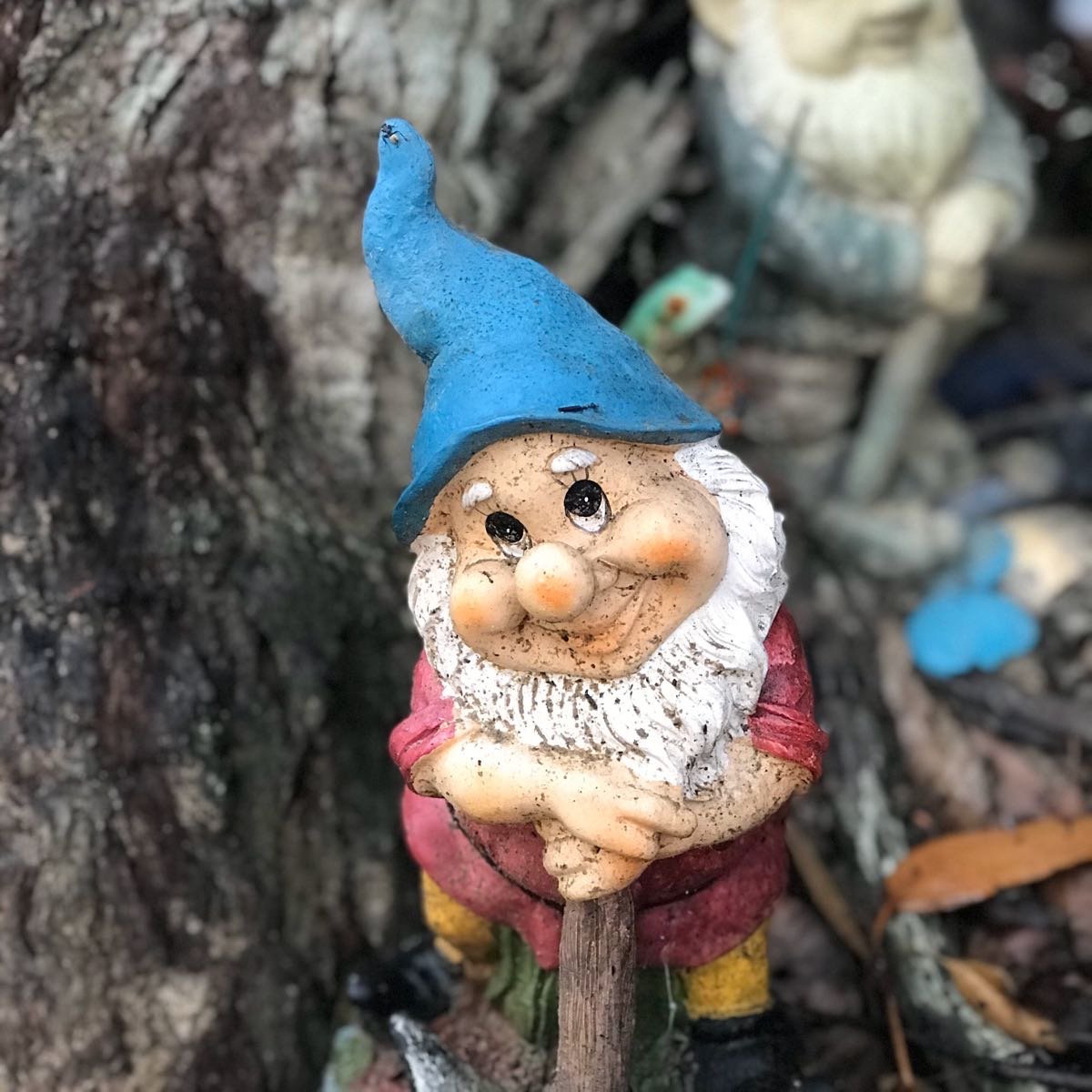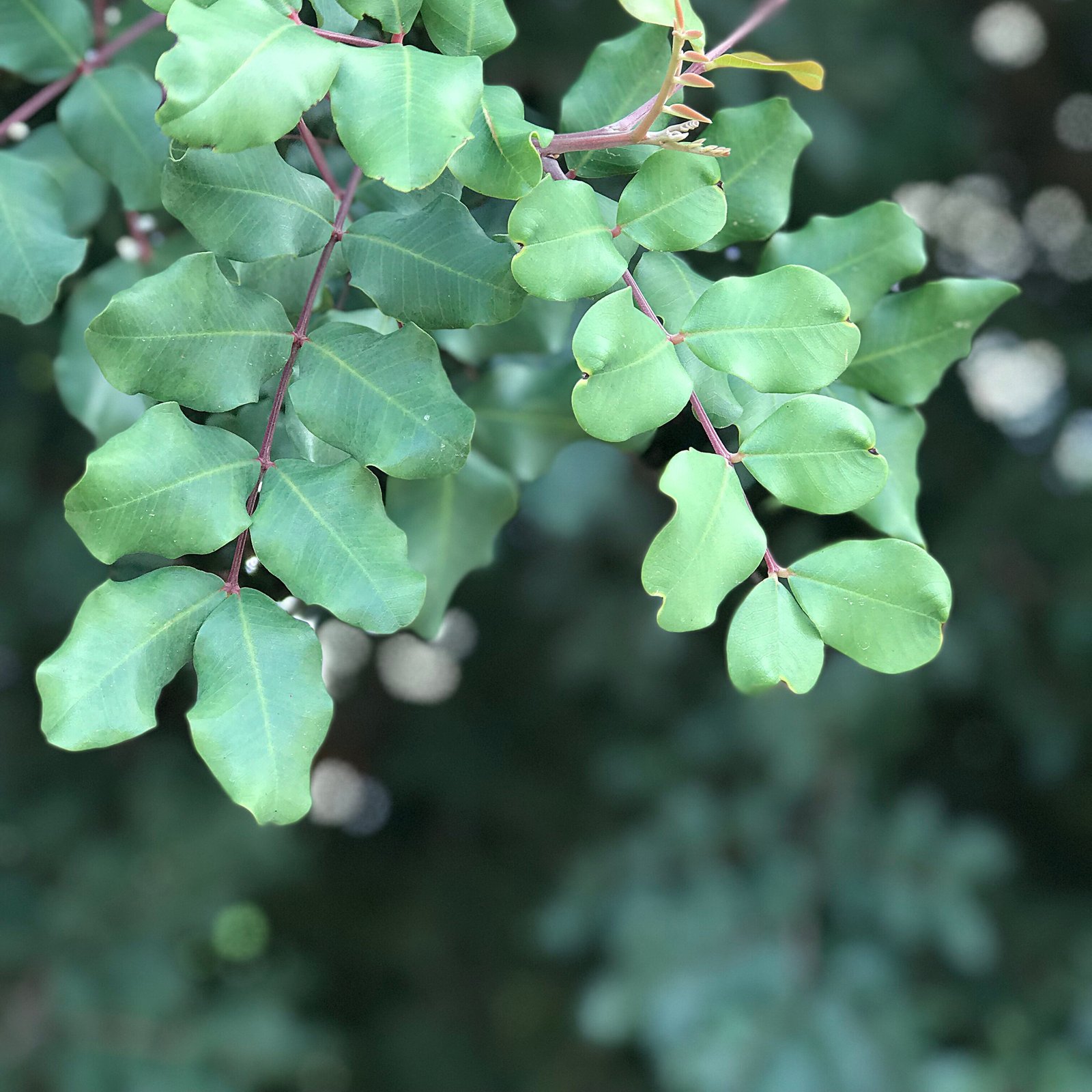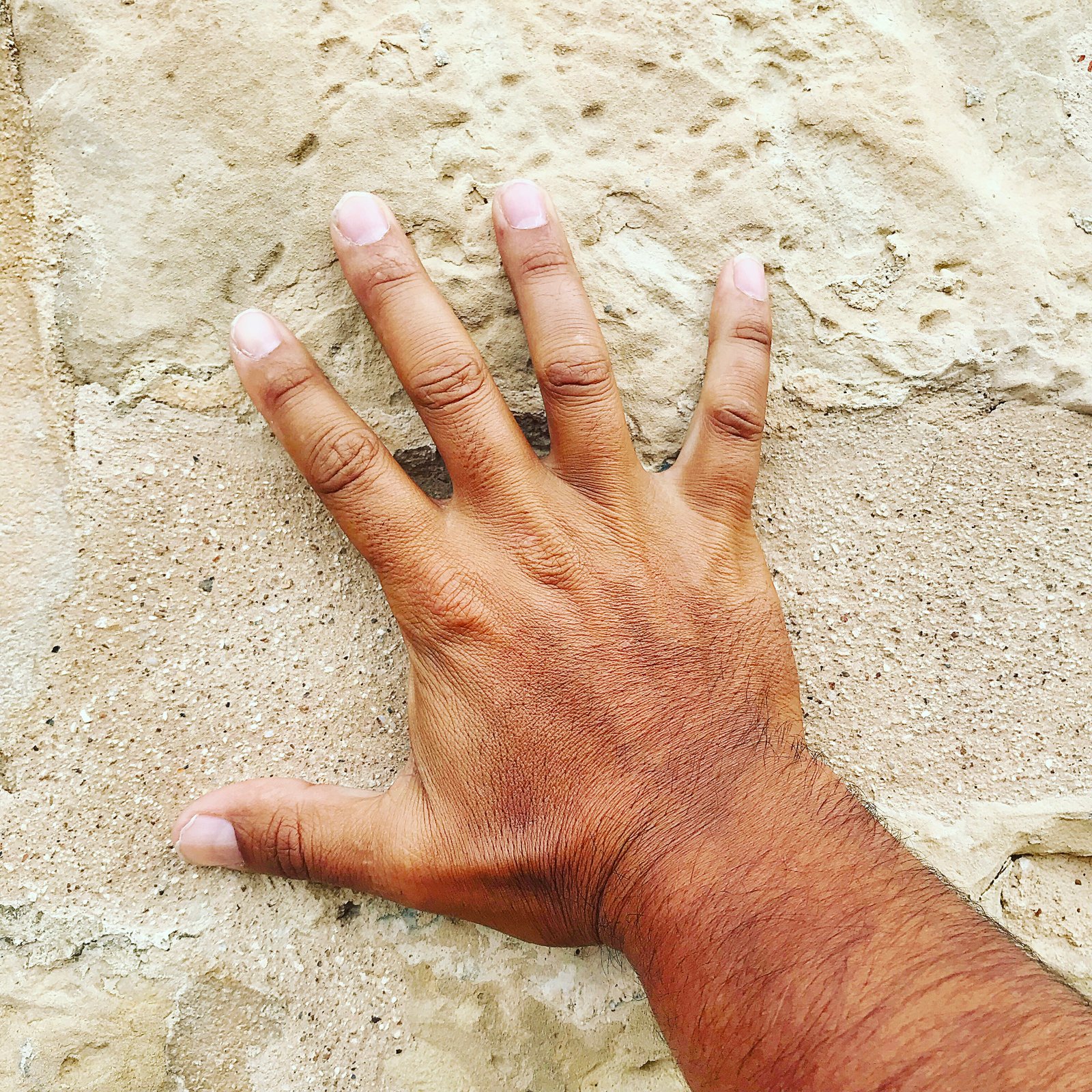Foraging: Finding Connection Through Discovery

Foraging: searching for food in the environment. Moments of discovering abundance, tasting it, revelling in its delight. Connecting to nature through discovering where the wild foods are. Discovering one’s wild side through tasting the landscape.

As we walk our way across Europe we pass fields, forests and hedges filled with abundance. There are fields ripe with wheat, corn plants that are showing the first signs of cobs developing, wild raspberries, blackberries and strawberries ripe for the picking. Along the roadside verges and edges of crops grow camomile and dandelion great for making tea, and wild marjoram to freshen ones breath.
Season’s Greetings
These tasty little treats, the discovery of a bush ripe for the picking, create a deeper richness to the experience of walking. We are able to engage more of our senses and literally ‘taste’ our environment.
Walking teaches about the seasonal availability of food in a world where fruit and vegetables are available all year round.

Earth Connection
The act of picking wild berries, fruit, herbs and wild flowers also creates a direct connection between us and the earth.
This is easy to forget when food has become so easily accessible.
There was a time when I was growing up when you could only get access to fruit and vegetables in season, because that is all that was available.
Nowadays, fruit is imported from other countries so that you can have summer stone fruits any time of the year, for instance.
Summer In Malta
I remember hearing stories from my mother who grew up with the seasons in Malta. Her family owned a large plot of land walled in by four metre high stone walls. They grew fruit and vegetables, and raised livestock. She used to talk about how she would take the sheep out in the valley pastures to graze after school. Life was simple and followed nature and the seasons.
I remember visiting this walled wonderland as a child in summer, venturing arund the peripheries and discovering blackberries, prickly pear and figs in season. By that time my grandmother had died and my grandfather was old and frail, the farm had few livestock. The stone barns had weathered forlorn timber doors and were filled with dust and decay that hid the energy and life that once inhabited these spaces.
Fruits of Nature
Nature is quite incredible. Plants produce the most incredibly beautiful and colourful flowers to attract pollinators.
Then when the flowers have been pollinated they produce delicious, fragrant, colourful, energy rich bliss bombs so that animals can feast on them and spread the plant’s seed.
Animals have become used to gorging on nature’s abundance at certain times of the year, Making the most of this feast while it lasts.

Agriculture
As we moved from hunting and gathering which was opportunistic, unreliable and seasonal to agriculture we were able to have more control of our food sources.
It allowed for our ancestors to change from a nomadic existence to a more settled one, and hence the formation of villages, towns and cities.
It also meant that we began to lose touch with nature. Farmers grew the crops that we no longer had a hand in growing. We no longer ventured in the forest as much looking for seasonal mushrooms, berries and wild foods.

F[o]ridge
Refrigeration also meant that foods can be stored for long periods of time allowing a year steady long supply of abundant food.

Vending
Food is conveniently available to us at supermarkets year round, or as I had discovered as we entered one village, a vending machine where you could buy fresh local produce!
It also allowed humans to get fat on the fruits of their labours, or other people’s labours. We now live in a world of great abundance.
There is still great poverty and famine in the world but also great wastage of food, where farmers are even subsidised to destroy excess crops.
Obesity Epedemic
With easy access to food and eating energy rich food all year round we have seen an epidemic of obesity in the Western world.
Fast and convenient processed foods have become the staple diet of many and often cheaper to purchase than wholesome organic whole foods.
In fact, one could argue that the more a food has lost its integrity, the more it has been processed and removed from its original source the more affordable it has become.

The principle of supply and demand in its tipsy turvy way means that eating healthy fresh food has become more desireable and hence more expensive!

Patisseries – Year Round Feast
Patisseries with their brilliant and colourful window displays of tarts topped with brilliant cut strawberries, cream pastries, chocolate cakes and flans provide an irresistible enticement.
We have become the plants showing off their wares, their brilliant displays of flowers and fruit, attracting others to feast all year round.
With such incredible displays no wonder why it is a constant battle of the bulge for us human animals, including me!

Nessie The Forager
Vanessa, or ‘Nessie’ as she was affectionally called, was a forager. I eagerly listened and watched as she discovered a tree with wild cherries, and enthusiastically shared her foraging forays with the group.
Discovery
Each day was filled with discovery as we skirted fields hedged with blackberries and raspberries or found wild strawberries on the side of a road. The wild strawberries we picked one day were miniature and fell away easily from the calyx or green leaves. They had the flavour of strawberry bubble gum!

Learning
Each day also became an opportunity for learning as we discovered new fruit in season. As Nessie left the group to return back to the UK we occasionally ‘picked at our food’, at the wild foods available to us, but on the whole that adventurous engagement with our food diminished.

Foraging Ahead
I only rediscovered this engagement as I discussed in an article I wrote a couple of weeks ago about fully engaging our senses including our sense of taste while walking through the landscape. In this blog post I speak about ‘tasting the field’, about grazing as much as gazing at the fields we pass. About ‘taste testing’ an ear of wheat or unripe grapes from a vineyard. To get a ‘full bodied’ experience of walking.

Where The Wild Foods Are
I look forward to continuing on the legacy left by Nessie of foraging as we continue voyaging. Of tasting the goodness that the sun and earth provides. Of tasting the seasons in the earth’s fruit, the herbs that provide seasoning to our walking experience, to smell the crush of wild camomile underfoot and then to pick a flower and taste it’s fragrance and mild bitterness.

Where The Wild Foods Are
By venturing into nature and foraging you can begin to reconnect with your wild side.
In summer if you live in the UK make an outing with friends and create a foraging expedition looking for berries and wild leafy plants for salads. See if you can supplement your picnic with foraged foods no doubt a lovely and memorable experience especially if you have children.
Children love hunting for things, exploring, learning. Remove the cotton wool, let them run wild, fall over, search, discover and taste where the wild foods are.

Allotment Garden
Speaking to Lyn, one of the pilgrims, she has an allotment garden. If you don’t have a yard this is a great way to connect with nature and the seasons.
She grows a variety of fruit and vegetables. For a minuscule amount each year she is able to lease this land from the local council.
If you have children, gardening is a great way to connect them to the earth and the origins of food. To get there hands in the soil, to tend the plants, to see them grow, develop, flower and watch the fruits of their labour be rewarded at harvest time.
Whether you go foraging in the forests or grow your own feast, simply picking food in season can connect you to nature and the earth.











Patsy Woods
07/23/2017Yummy, and free !!!!! Third country coming up. Yet another terrain to talk about.
Had tea yesterday with the couple who guided you round the Cathedral. They asked how you’re getting on and we’re impressed you’re about to stride into Switzerland.xxxP
David Cuschieri
07/24/2017Hi Patsy and Norm,
We are now in Switzerland! Yay! We walked unceremoniously over the border with a sign and a marker indicating the border along a country track bordered by green fields, cows, and mountains. No passport control or security. Beautiful.
Please send our regards to the couple who guided us round the Cathedral. Looking forward to more spectacular scenery this week.
My goal this week is quite unusual and maybe not so ambitious. I want to pat a cow in a field. They are so skittish but at the same super curious. Got one to come up to me and smell my hand and touch me with her snout. But wouldn’t let me pat her. 🙂
Xxxx